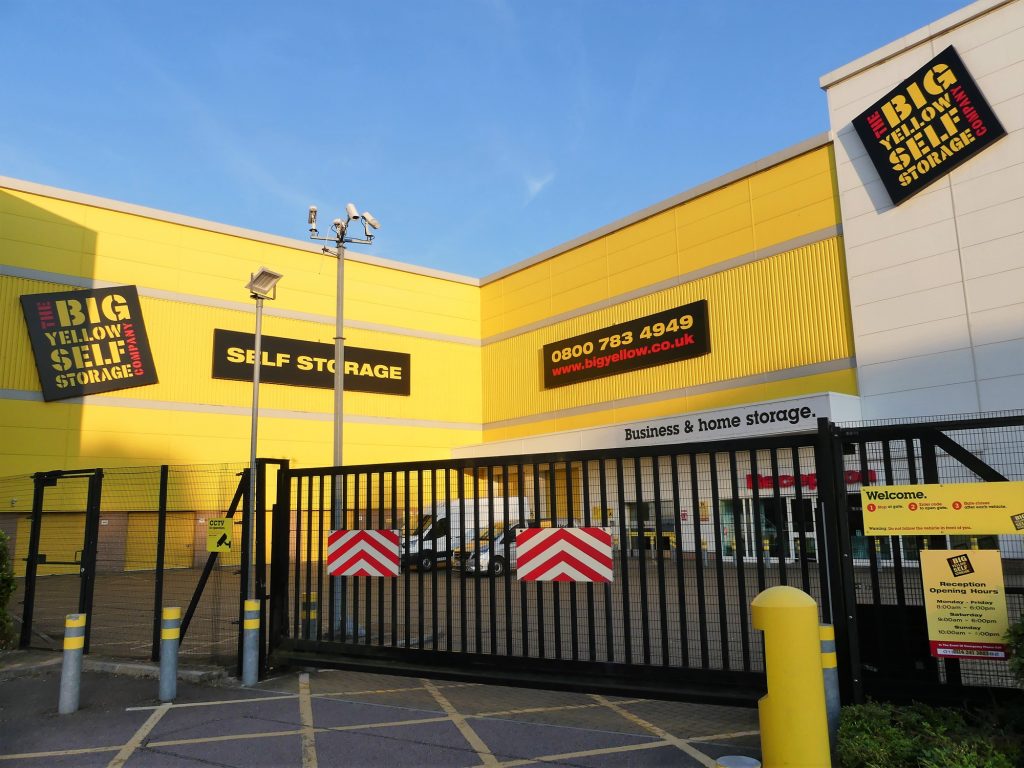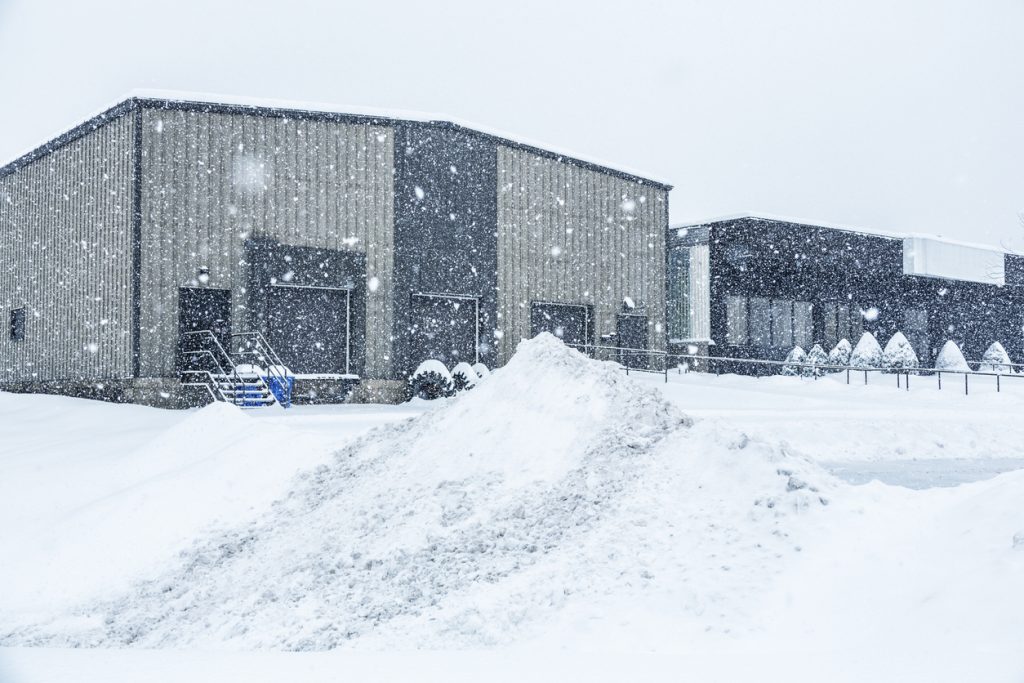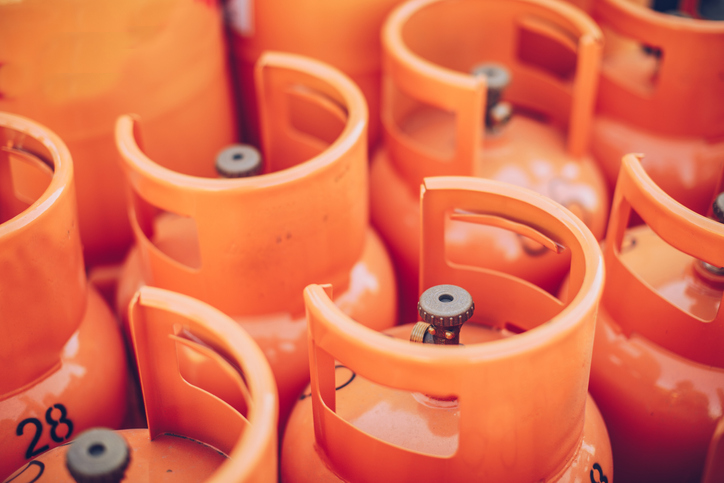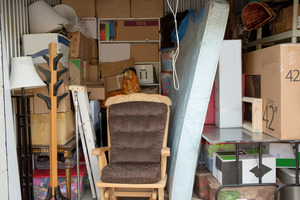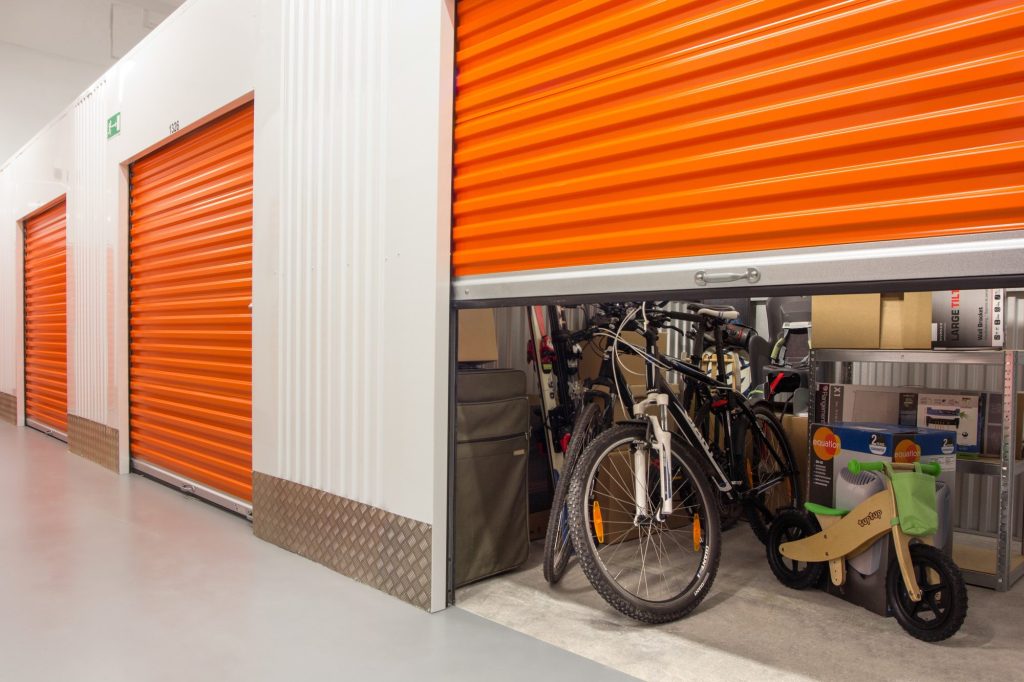After seeing heavy rains and flooding cause catastrophic damage in various parts of the world over the past few months, many people are understandably worried about what they would do in a similar situation. Not only do you need to consider where you would evacuate to, but you also need to consider what would happen to all your belongings.
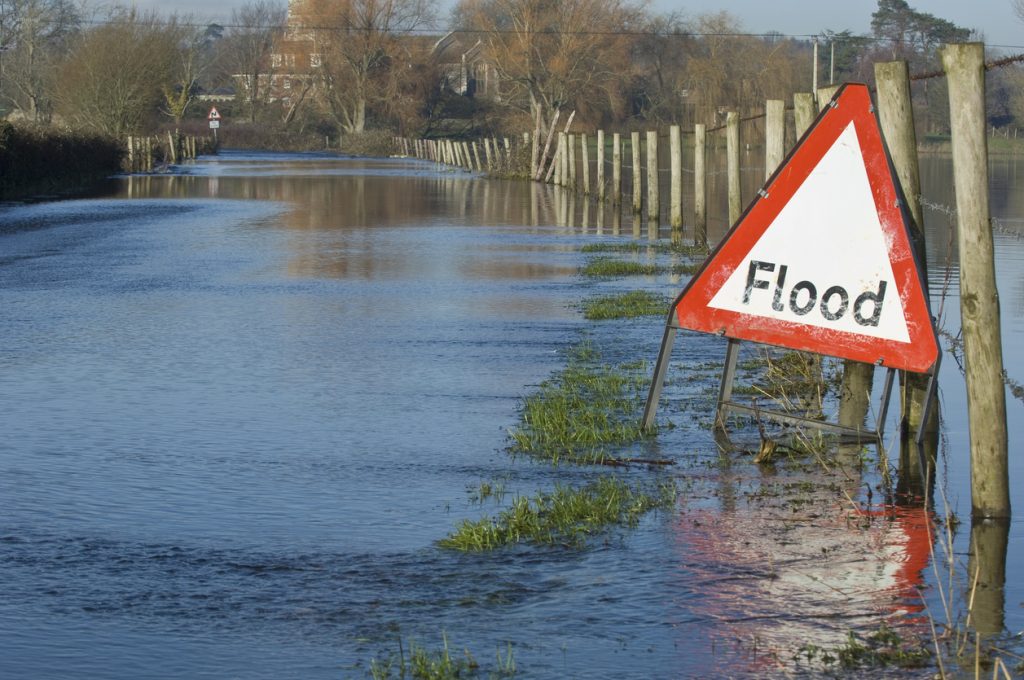
While the UK may not need to worry about flood-risks on a scale as severe as the floods seen elsewhere in the world, it’s still sensible to find out if your insurance covers you, and in what scenarios.
In this article, we’ll discuss whether flooding is covered as standard for self-storage insurance – and what you need to check to make sure you’re covered.
Understanding Flood Cover in Storage Insurance
Flooding can happen unexpectedly, and it’s important to know whether your insurance policy will cover it.
Our storage insurance policy outlines that flooding is included as an “insured event”, meaning you’ll likely have coverage for flood-related damages, provided your policy is active and the storage facility is professionally managed and secured.
Key Conditions for Flood Cover
To ensure your storage unit is covered in the case of severe flood damage, certain conditions may apply:
- Storage facility standards: The storage site should be professionally managed, following safety and security protocols to keep your items secure. Check what security features storage units should have.
- Regular policy checks: Maintain an active policy by keeping your information up-to-date.
Checking these conditions can help you ensure that your items are covered if flooding occurs.
Steps to Ensure Your Items Are Fully Protected
Even if flooding is covered in your storage insurance, there are additional steps you should always take to maximise your protection and minimise risk when placing your items in self-storage.
1. Inventory High-Value Items
Whenever you’re putting items in storage, it’s a good idea to create a list of the items you’re putting into storage, especially those with high value, and assess whether your policy covers them fully.
Be aware that not all high-value items are covered as standard – and that you may need to increase your cover level if you want to make sure everything is covered should it be damaged or lost altogether.
2. Consider Vulnerable Items
Items like electronics, furniture, or fabrics can be especially vulnerable to water damage. Consider storing them in water-resistant containers or on elevated shelves for extra protection.
3. Regularly Update Your Cover
If the value or type of items in your unit changes, updating your policy can prevent you from being underinsured.
Likewise, if you change storage facilities or your address, make sure you update your policy accordingly to ensure there are no complications with your policy if you need to make a claim.
Check You’re Covered
It’s imperative that you always check your policy documents if you want to clarify anything in particular about your policy – contact your insurance provider if you don’t have access to these.

